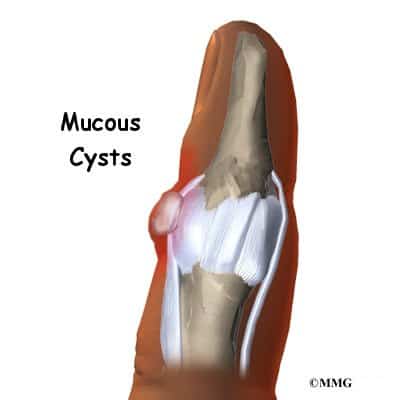For a long time in healthcare we have referred to things like “degenerative joint disease,” “arthritis,” and “muscle fraying” as normal wear and tear on the body. We’ve used a simple analogy about your car to describe it too: over a long time of rubbing across one another, even with the best lubricants man can create, the metal parts of your car wear down. So we can replace them, or replace the car. This must be the same thing happening in your body, and why your joint spaces look different than the ones the 14 year old over there has!
The problem with this analogy is that almost every recent study coming out on the matter is challenging our perceptions of these things. Inactive individuals actually have MORE and WORSE arthritis than runners, who actually seem to have better knees and backs than non-runners. Athletes without history of traumatic injury (ACL tears, fractures, etc) to their joints actually seem to have less incidence of pain than their non athletic counterparts, even in frequently used joints in their sport. Cartilage actually seems BETTER for these people, but how on earth can that be?
Well, for a long time in healthcare, we have been forgetting one of the first things we learned in Anatomy and Physiology: the SAID Principle. It’s actually the entire rationale behind weight lifting for body builders, resistance training for those diagnosed with osteoarthritis, and progressive loading protocols for patients with sprains, strains, and tears. Deliberate loading and use of the tissues of the body, including muscles, tendons, ligaments, and bones, actually stimulates them to build up stronger. It’s why you see martial artists rolling logs over their shins to build up bone strength and prevent fractures during competition. Directly applying transverse force to a bone actually encourages the body to increase the strength of the bone AGAINST that action and support the body better!
We actually see this with runners in both the knees and spine. Cartilage and disc space preservation is actually better because as we apply load straight down, the body will kickstart a cycle that sends MORE nutrients and cells to the area to ensure the joints can safely tolerate that load!
Now, this is not to say your joints look just like they did when you were 14. On the contrary, they shouldn’t! As we age and force the body to adapt, we expect it to undergo changes, my muscles don’t look the same as they did when I was 14 either (thank goodness, I was a skinny little thing!) and this is just a natural expectation. My body responded to my use and adapted, literally what my anatomy professors told me it should do!
Now does this mean that you cannot get pain in these regions if you do these sports? Oh of course not. An entire slew of other things can cause pain in the body like sudden changes in loading, decreased activity tolerance after we stop training (because as we all know if you don’t use it you lose it), or excessive loading in a short period of time causing an inflammatory cascade which can actually lead to chronic pain without physical damage. What we are learning, however, is that our understanding of how to interpret x-rays and MRIs has been greatly flawed in the past, and that we need to adapt to this new research both in how we utilize these radio graphic images in diagnosis, and how we talk about what is going on in your body.
Turns out, what we are seeing is probably not “wear and tear” or even “your fault for the activities you did” because those activities actually probably set you up for success in the long run! It also means that just because you knees or back hurt is not a reason to stop exercising, but is probably a reason to start!
As a wise teacher once told me: just because we’ve always done it this way, doesn’t mean we were right!


